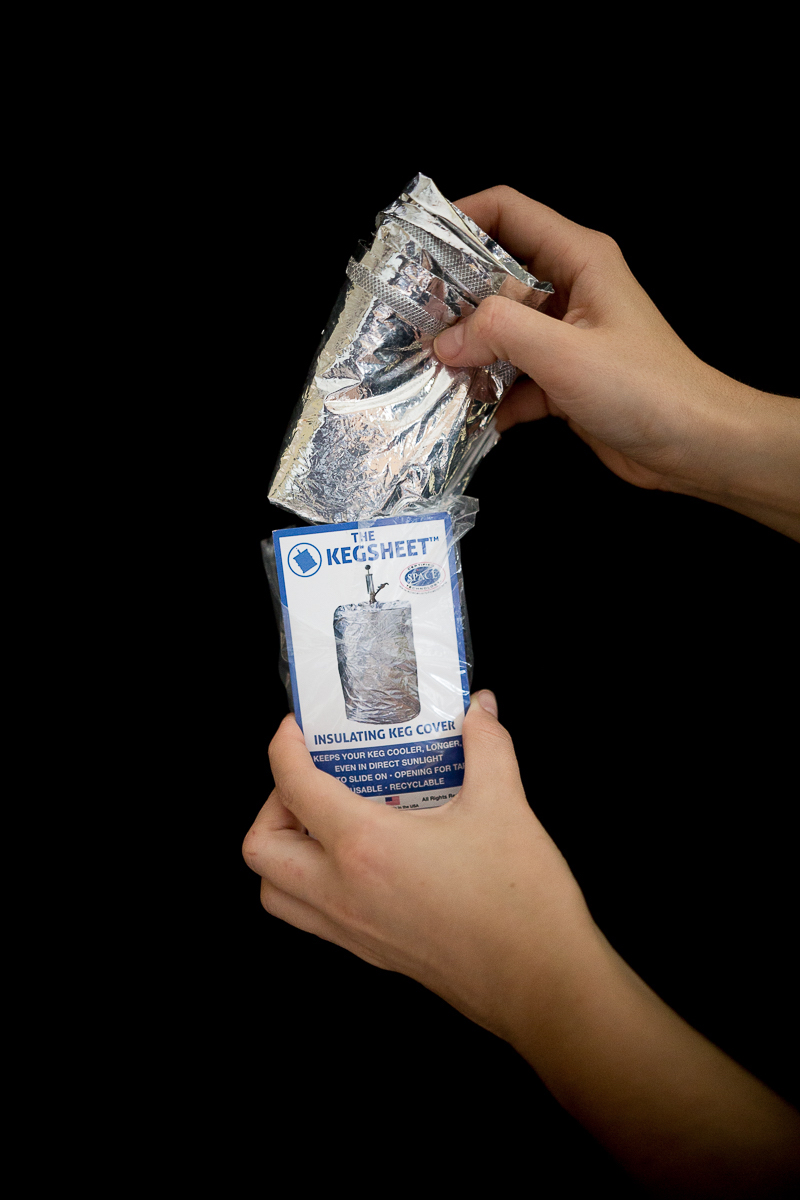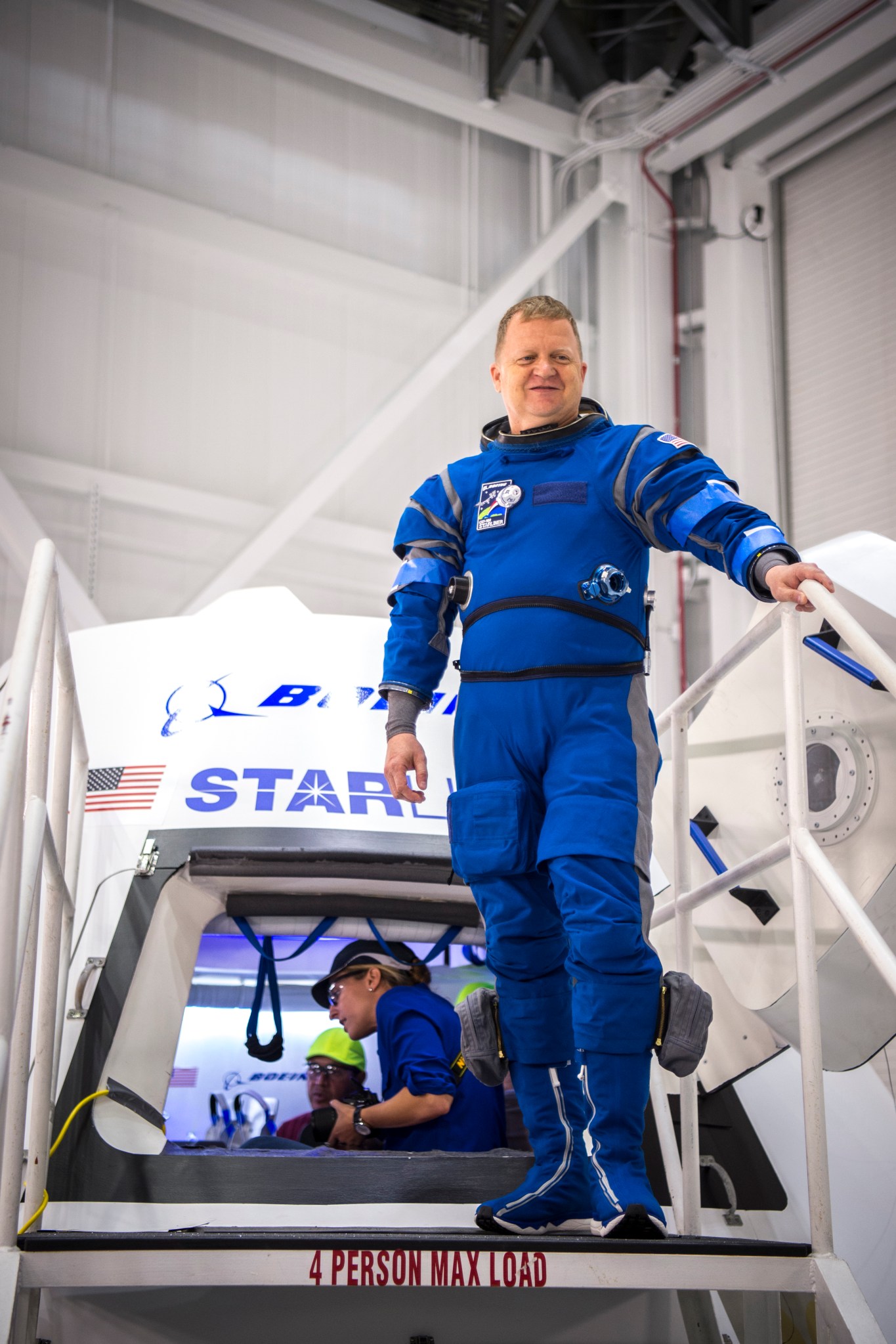As rockets roar off of launch pads and spacecraft beam data back from distant planets, the technologies that enable those mighty feats are being put in your hands every day as products and technologies called spinoffs. They are the result of NASA’s innovation being put in the hands of the public where new tools and goods to improve life on Earth are born.
“For over 50 years, the Technology Transfer Office at NASA’s Marshall Space Flight Center in Huntsville, Alabama, has worked with center innovators to identify technologies with commercial potential and license those technologies to companies that have created new commercial products that have improved life here on Earth,” said Terry Taylor, manager of Marshall’s Technology Transfer Program.
In 2018, the 42nd annual issue of NASA’s annual Spinoff publication was released, detailing 49 new spinoffs of NASA technologies that have been commercialized and are making a difference in the world. Four of those technologies — highlighted below — owe their origins to Marshall, a long-time leader in propulsion, life support systems and innovation.
Light-Induced Oxidation Cleans Air, Surfaces, Clothes
When a natural gas leak in Los Angeles in late 2015 and early 2016 forced thousands of people to temporarily relocate, thousands more were able to stay in their homes thanks to a Marshall spinoff. Aerus Holdings — headquartered in Dallas — employed its ActivePure line of air purification products to enable residents to stay in their homes. The Marshall technology was initially developed to purify air for crews in space by reacting ultraviolet light and metal oxides to purge the air of harmful contaminants. The ActivePure devices cleanse air in buildings — from homes and businesses to locker rooms and restaurants — and can eliminate bacteria and fungus on surfaces. One product can even be hooked up to any washing machine to eliminate the need for detergent, bleach and hot water.
Space-Grade Insulation Keeps Beer Colder on Earth
Sometimes innovation is not the result of creating a new technology but instead thinking of a different way to use an already existing one. That is the case with JUNTO LLC’s KegSheet. An insulator for beer kegs, the invention from the Philadelphia-based company uses the well-known, Marshall-developed metallized polyethylene terephthalate material — more commonly recognized as space blankets — to keep kegs colder over an extended period of time without needing to constantly replace the ice around them.
Software Models Air and Winds for Aircraft
Predicting the atmospheric conditions for any one location on Earth or any other planet on any given day is no small feat. It is critical for mission success to do so, though. Marshall-managed software called GRAMs — Global Reference Atmospheric Models — use weather statistics and coding to predict the conditions at any location on Earth, Mars, Venus and Saturn’s moon Titan. The technology enables engineers and mission planners to tweak different parameters to evaluate different landing zones to ensure their craft can handle the various potential scenarios of that location on different days. The software played a critical role in selecting the landing site for the Mars rover Curiosity and is used by Boeing today in the company’s development of its own crewed capsule — the Starliner. Boeing also uses the free software across other operations, citing its acceptance as an industry standard.
Software Takes Cost Estimating to the Stars
While engineers are designing new rocket components and technicians are innovating welding methods, cost estimators at Marshall put their own invaluable mark on NASA’s newest rocket — the Space Launch System — through publicly available software that performs cost estimates. Used in all business, cost estimates help ensure accurate predictions of how much a project will cost, using a suite of data and algorithms. Released in 2014, the Marshall-developed Project Cost Estimating Capability operates as an add-in to Microsoft Excel and is used by a wide-spectrum of users including college students, government agencies and government contractors — the latter of whom often use the tool to double-check estimates garnered from their own proprietary software. To date, it is one of the most downloaded Marshall software programs.
For nearly 60 years, Marshall has enabled crewed missions into space, facilitating science and discoveries once thought only to be science fiction. Those efforts in space exploration have transferred into the commercial sector where the North Alabama center has once again made its mark, helping improve life on Earth for generations to come.
To learn more about Spinoff, visit:
To learn more about Marshall’s Technology Transfer Program, visit:






























